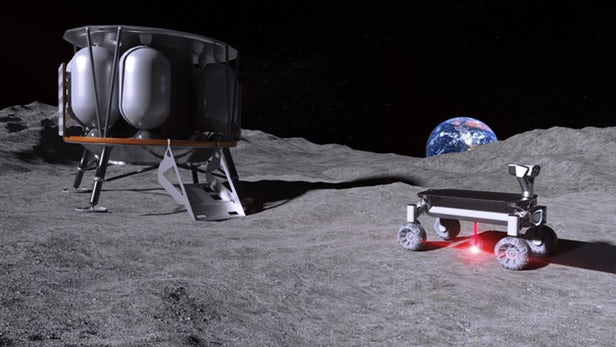
Breaking News
 LIVE ELECTION RESULTS: New York mayor, NJ & VA governor, Prop 50, Trump endorsements, latest vote
LIVE ELECTION RESULTS: New York mayor, NJ & VA governor, Prop 50, Trump endorsements, latest vote
 Sen. Markwayne Mullin Reveals Schumer Held Secret BACKROOM MEETING...
Sen. Markwayne Mullin Reveals Schumer Held Secret BACKROOM MEETING...
 RIP NYC - Muslim Communist Zohran Mamdani Wins New York City Mayoral Race
RIP NYC - Muslim Communist Zohran Mamdani Wins New York City Mayoral Race
 Dramatic Footage Shows UPS Cargo Jet Crashing At Louisville Airport
Dramatic Footage Shows UPS Cargo Jet Crashing At Louisville Airport
Top Tech News
 Japan just injected artificial blood into a human. No blood type needed. No refrigeration.
Japan just injected artificial blood into a human. No blood type needed. No refrigeration.
 The 6 Best LLM Tools To Run Models Locally
The 6 Best LLM Tools To Run Models Locally
 Testing My First Sodium-Ion Solar Battery
Testing My First Sodium-Ion Solar Battery
 A man once paralyzed from the waist down now stands on his own, not with machines or wires,...
A man once paralyzed from the waist down now stands on his own, not with machines or wires,...
 Review: Thumb-sized thermal camera turns your phone into a smart tool
Review: Thumb-sized thermal camera turns your phone into a smart tool
 Army To Bring Nuclear Microreactors To Its Bases By 2028
Army To Bring Nuclear Microreactors To Its Bases By 2028
 Nissan Says It's On Track For Solid-State Batteries That Double EV Range By 2028
Nissan Says It's On Track For Solid-State Batteries That Double EV Range By 2028
 Carbon based computers that run on iron
Carbon based computers that run on iron
 Russia flies strategic cruise missile propelled by a nuclear engine
Russia flies strategic cruise missile propelled by a nuclear engine
 100% Free AC & Heat from SOLAR! Airspool Mini Split AC from Santan Solar | Unboxing & Install
100% Free AC & Heat from SOLAR! Airspool Mini Split AC from Santan Solar | Unboxing & Install
Moonrise to bring 3D laser printing to the lunar surface

By combining moondust and lasers, Laser Zentrum Hannover (LZH) and the Institute of Space Systems (IRAS) of the Technical University of Braunschweig are experimenting with ways to use 3D printing to build lunar colonies. Slated to fly in 2021, the new Moonrise laser system will be incorporated in the Berlin-based PTScientists unmanned lunar rover and will be used to demonstrate if it is possible to turn lunar regolith into practical building materials.
With various space agencies and private companies committed to setting up long-term human outposts on the Moon, the problem of building the habitats and other structures goes from thought experiments to a list of practical problems. The biggest of these is almost certainly the massive costs of moving materials to the Moon with cost per kilogram, according to LZH, working out to about €700,000 (US$782,000).
The Moonrise laser printing system is based on the idea that the best alternative to shipping materials to the Moon would be to use the local resources as a substitute. Still in the experimental phase, the 3 kg (6.6 lb) laser is designed to see if the regolith or lunar topsoil can be melted down and made into building structures.
Moonrise has been under development for nine months with the laser itself and its optics already very far along, but the team says that they not only need to get the core technology right, but also to create a proper synthetic version of the regolith to allow for Earthside testing.



